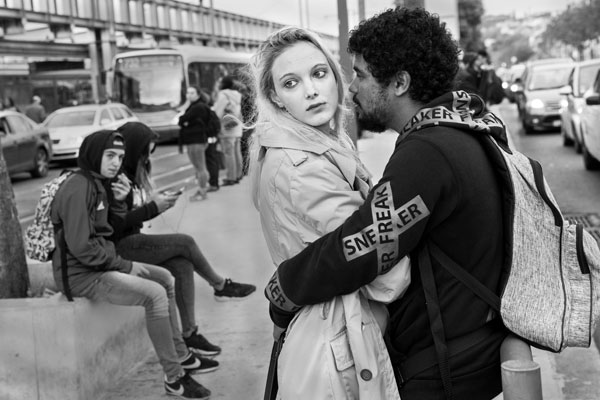The Single Strategy To Use For Framing Streets
The Basic Principles Of Framing Streets
Table of ContentsFraming Streets Can Be Fun For AnyoneFraming Streets - QuestionsFraming Streets Fundamentals ExplainedIndicators on Framing Streets You Should KnowThe Facts About Framing Streets UncoveredThe Ultimate Guide To Framing Streets
, generally with the aim of recording images at a crucial or poignant moment by mindful framework and timing. https://parkbench.com/directory/framingstreets1.
, who was inspired to carry out a comparable paperwork of New York City. As the city created, Atget aided to promote Parisian streets as a deserving subject for photography.

Not known Facts About Framing Streets
The chief Mass-Observationists were anthropologist Tom Harrisson in Bolton and poet Charles Madge in London, and their initial report was produced as guide "May the Twelfth: Mass-Observation Day-Surveys 1937 by over 2 hundred viewers" [] Home window cleaner at Kottbusser Tor, Berlin, by Elsa Thiemann c. 1946 The post-war French Humanist School photographers discovered their topics on the road or in the diner. Between 1946 and 1957 Le Groupe des XV annually showed job of this kind. Andre Kertesz. Circus, Budapest, 19 May 1920 Street digital photography developed the significant content of 2 exhibitions at the Museum of Modern Art (Mo, MA) in New York curated by Edward Steichen, Five French Digital Photographers: Brassai; Cartier-Bresson, Doisneau, Ronis, Izis in 1951 to 1952, and Post-war European Photography in 1953, which exported the principle of street digital photography globally.

The Greatest Guide To Framing Streets
, then an educator of young kids, linked with Evans in 193839.'s 1958 book,, was substantial; raw and commonly out of emphasis, Frank's images examined traditional photography of the time, "challenged all the official guidelines laid down by Henri Cartier-Bresson and Walker Evans" and "flew in the face of the wholesome pictorialism and sincere photojournalism of American magazines like LIFE and Time".